Exhibition dates: 5th October 2013 – 19th January 2014
Edward Burtynsky (Canadian, b. 1955)
Xiaolangdi Dam #1, Yellow River, Henan Province, China
2011
“Now with the assistance of the web and being able to look at things in a bit more depth before I go there, I can actually predetermine my pictures…”
.
Edward Burtynsky
Predetermined weather music
The geometric images such as Navajo Reservation / Suburb (2011), Pivot Irrigation #11 (2011) and Pivot Irrigation / Suburb (2011) are of more interest here, with their juxtaposition of irrigation/habitation/nature. I especially like the Andreas Gursky-esque patterning of Benidorm #2 (2010) but I’m really over the abstract pattern of rivers, rice terraces and greenhouses covering the plane of view, mainly because so many photographers have done it and all in the same way. You only have to type in ‘Australian aerial landscape photographer’ into Google Images to see what I mean. Australia even has its own version in the West Australian photographer Richard Woldendorp. Bet you can’t tell the difference between the two photographers in a blind taste test!
These images are a bit like elevator music (also known as Muzak, piped music, weather music or lift music). Quite a nice analogy, weather music, as these photographs are generic, middle of the road easy listening abstraction, beauty, and formality – images with a simple melody that constantly loop back to the beginning, commonly played through speakers (in this case the institutions that laud such repetitive work).
While Burtynsky’s work seeks to explore the relationship between art and environment, “focusing on all the facets of people’s relationship with water, including ritual and leisure,” he offers evidence without argument. And there is the crux of the problem. When an artist promulgates an objective point of view without comment, they run the risk of saying very little with the work for they have nothing to say themselves.
There is nothing passionate, weak, decadent and impure here. Perhaps the artist needs to change the angle of attack for me to sit up and take notice. Otherwise the motion of the train has a somewhat soporific effect.
Dr Marcus Bunyan
.
Many thankx to The New Orleans Museum of Art and the Contemporary Arts Center for allowing me to publish the photographs in the posting. Please click on the photographs for a larger version of the image.
NOMA CAC
NOMA CAC is an ongoing exhibition and programming partnership between two of the most significant cultural institutions of New Orleans: the New Orleans Museum of Art and the Contemporary Arts Center. Edward Burtynsky: Water is the second initiative of this unique collaboration, which will draw on the strengths of both institutions to provide thought-provoking exhibitions and programming for a cross section of the community. The exhibition is presented in the second floor Lupin Foundation Gallery of the Contemporary Arts Center (CAC).
Where I Stand: A Behind the Scenes Look at Edward Burtynsky’s Photographic Essay, Water
Edward Burtynsky (Canadian, b. 1955)
Cerro Prieto Geothermal Power Station, Baja, Mexico
2012
Edward Burtynsky (Canadian, b. 1955)
Marine Aquaculture #1, Luoyuan Bay, Fujian Province, China
2012
Edward Burtynsky (Canadian, b. 1955)
Rice Terraces #2, Western Yunnan Province, China
2012
Edward Burtynsky (Canadian, b. 1955)
Verona Walk, Naples, Florida, USA
2012
Edward Burtynsky (Canadian, b. 1955)
Thjorsá River #1, Iceland
2012
Edward Burtynsky (Canadian, b. 1955)
Stepwell #4, Sagar Kund Baori, Bundi, Rajasthan, India
2010
NOMA CAC is proud to present Edward Burtynsky: Water, the world premiere of the latest body of work by internationally renowned photographer Edward Burtynsky, opening Saturday, October 5 in the second floor Lupin Foundation Gallery of the Contemporary Arts Center (CAC). This second initiative of the ongoing NOMA CAC programming partnership includes over 50 large-scale colour photographs that form a global portrait of humanity’s relationship to water. Burtynsky’s images address several facets of the world’s vital resource, exploring the source, collection, control, displacement, and depletion of water. The exhibition opens on October 5, 2013 and runs through January 19, 2014.
Edward Burtynsky (born 1955, St. Catharines, Ontario, Canada) has long been recognised for his ability to combine vast and serious subject matter with a rigorous, formal approach to picture making. The results are images that are part abstraction, part architecture, and part raw data. In producing Water, Burtynsky has worked across the globe – from the Gulf of Mexico to the shores of the Ganges – weaving together an ambitious representation of water’s increasingly fragmented lifecycle.
“The CAC is thrilled to be able to premiere an exhibition of this scale and quality through our partnership with NOMA,” said Neil Barclay, Executive Director of the Contemporary Arts Center. “Burtynsky’s work has long served as a commentary on the relationship between art and environment, and I believe the subject of these works will be of keen interest to anyone who has experienced life in New Orleans over the past decade.”
“Five years in the making, Water is at once Burtynsky’s most detailed and expansive project to date, with images of the 2010 Gulf oil spill, step wells in India, dam construction in China, aquaculture, farming, and pivot irrigation systems,” said Susan M. Taylor, Director of the New Orleans Museum of Art. In addition Water includes some of the first pure landscapes that Burtynsky has made since the early 1980s. These archaic, almost primordial looking images of British Columbia place the structures of water control in a historical context – tracing the story of water from the ancient to the modern, and back again.
While the story of water is certainly an ecological one, Burtynsky is more interested in presenting the facts on the ground than in declaring society’s motives good or bad. In focusing on all the facets of people’s relationship with water, including ritual and leisure, Burtynsky offers evidence without an argument. “Burtynsky’s work functions as an open ended question about humanity’s past, present, and future,” said Russell Lord, Freeman Family Curator of Photographs at the New Orleans Museum of Art. “The big question is: do these pictures represent the achievement of humanity or one of its greatest faults, or both? Each visitor might find a different answer in this exhibition, depending upon what they bring to it.”
The exhibition, organised by Russell Lord, is accompanied by a catalogue published by Steidl with over 100 colour plates from Burtynsky’s water series. It includes essays by Lord and Wade Davis, renowned anthropologist and Explorer-in-Residence at the National Geographic Society.
Press release from NOMA CAC
Edward Burtynsky (Canadian, b. 1955)
Navajo Reservation / Suburb, Phoenix, Arizona, USA
2011
Edward Burtynsky (Canadian, b. 1955)
Pivot Irrigation #11, High Plains, Texas Panhandle, USA
2011
Edward Burtynsky (Canadian, b. 1955)
Pivot Irrigation / Suburb, South of Yuma, Arizona, USA
2011
Edward Burtynsky (Canadian, b. 1955)
Benidorm #2, Spain
2010
Edward Burtynsky (Canadian, b. 1955)
Dryland Farming #2, Monegros County, Aragon, Spain
2010
Edward Burtynsky (Canadian, b. 1955)
Dryland Farming #24, Monegros County, Aragon, Spain
2010
Edward Burtynsky (Canadian, b. 1955)
Greenhouses, Almira Peninsula, Spain
2010
Contemporary Arts Center
900 Camp Street
New Orleans, LA 70130-3908
Opening hours:
Wednesday – Monday 11am – 5pm
Closed Tuesdays















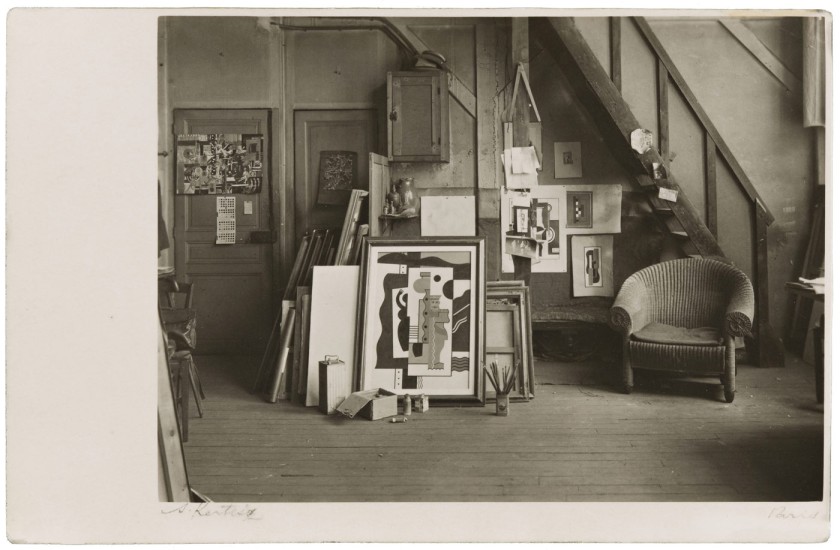
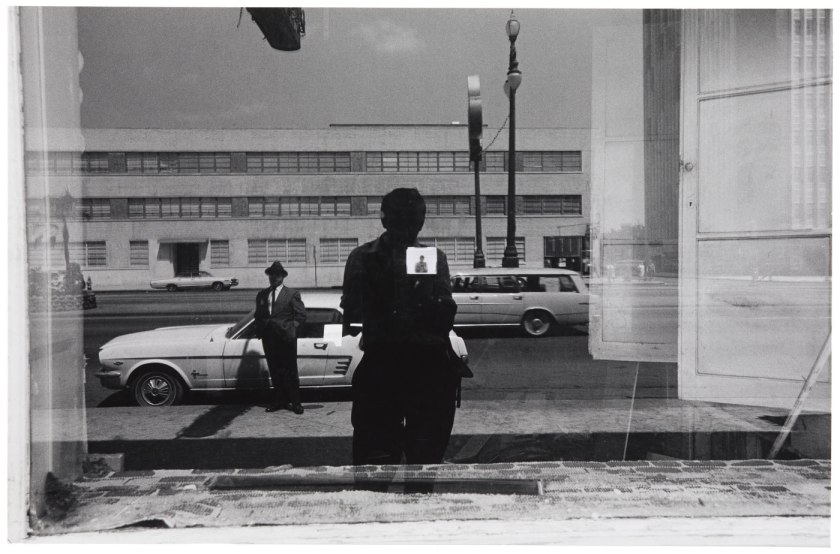
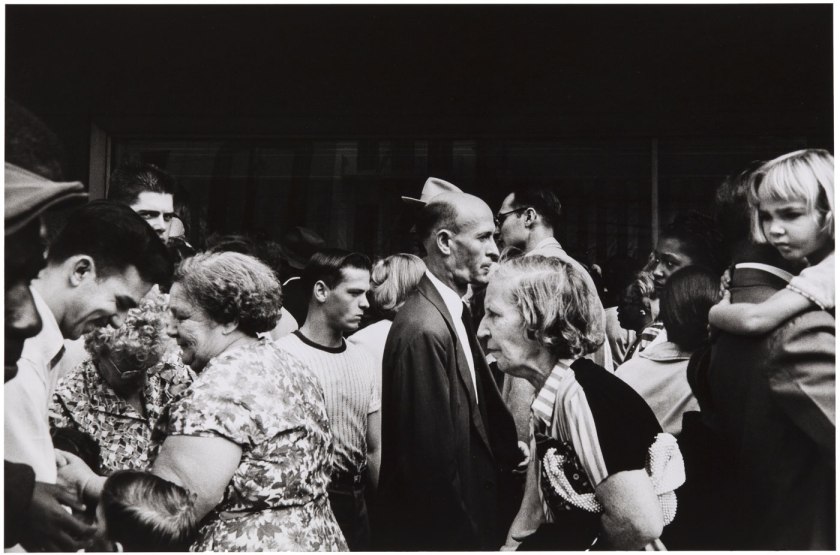

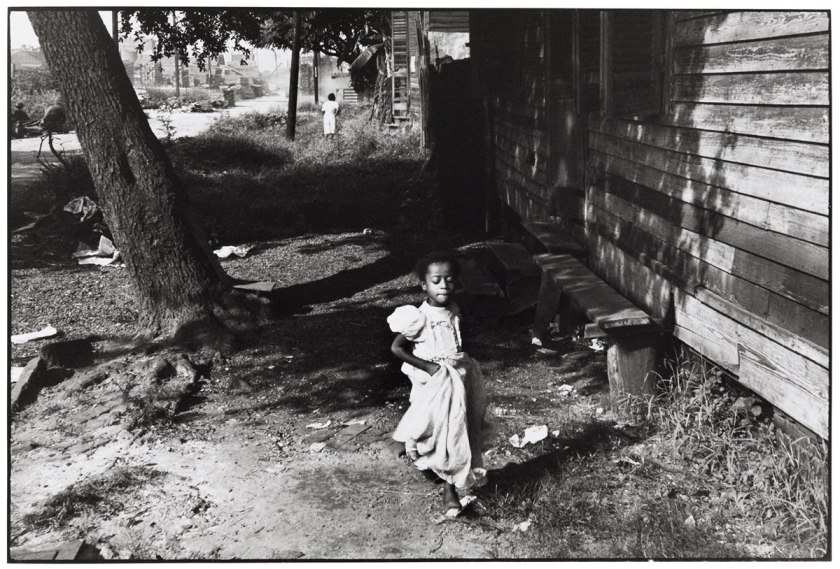
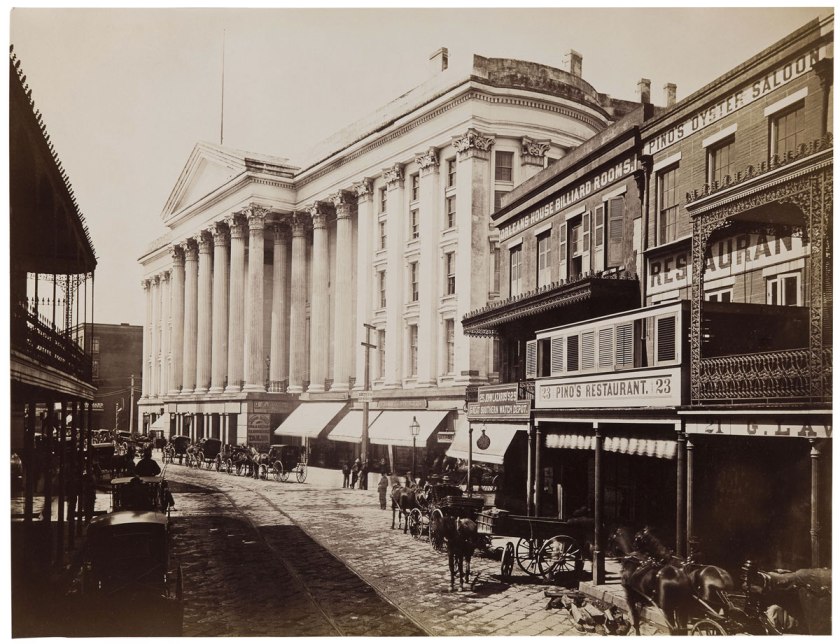
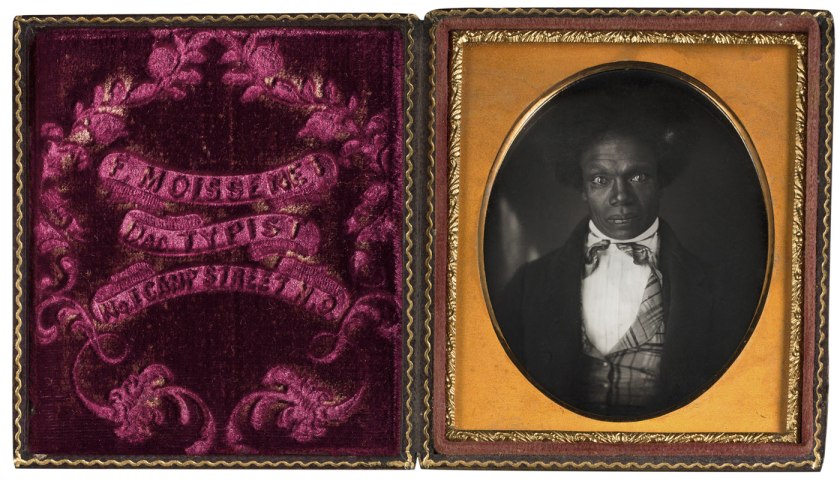
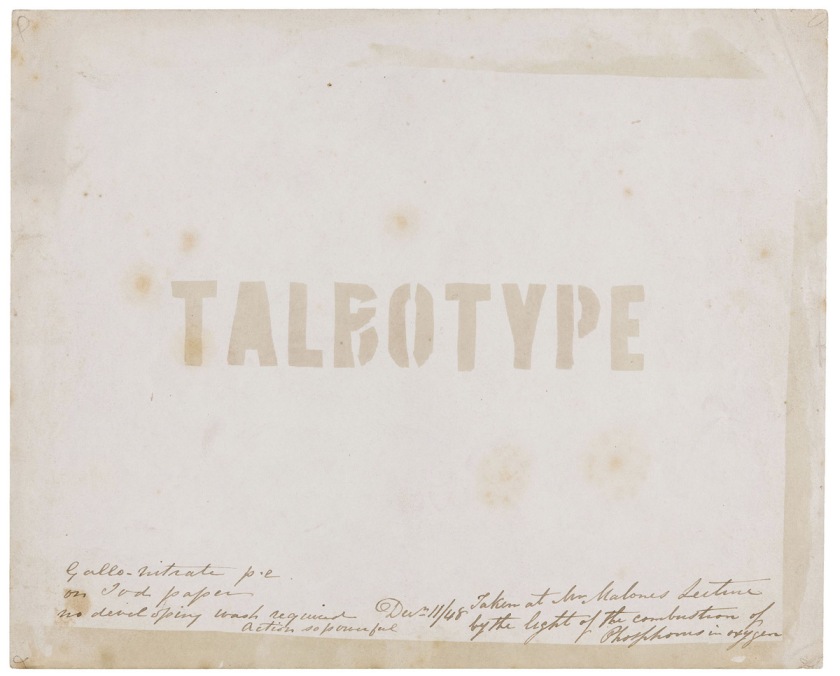
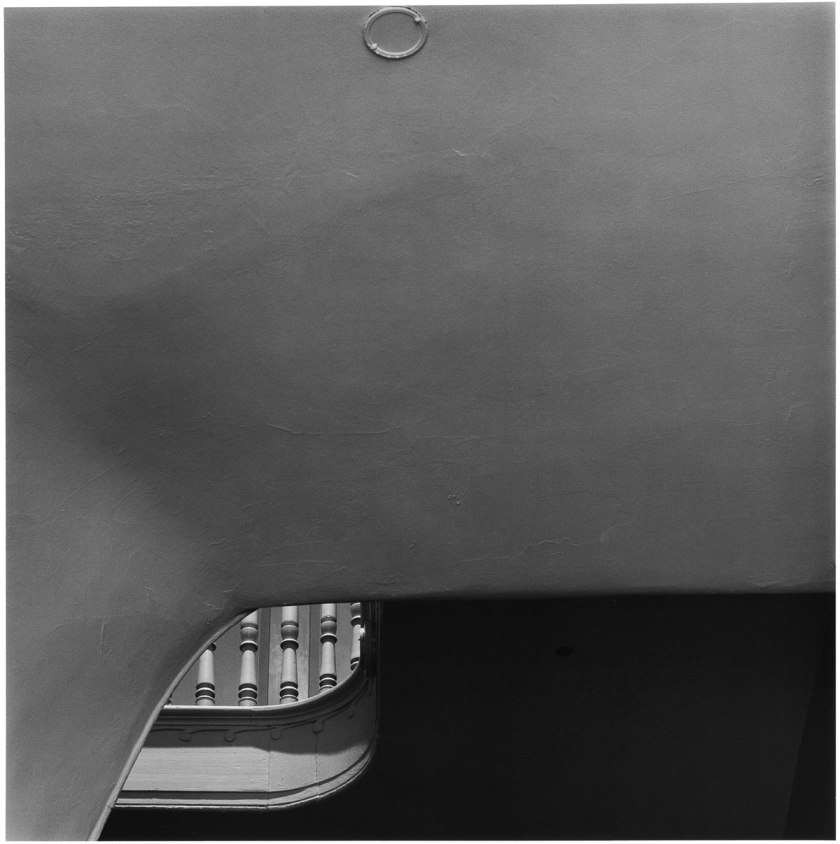
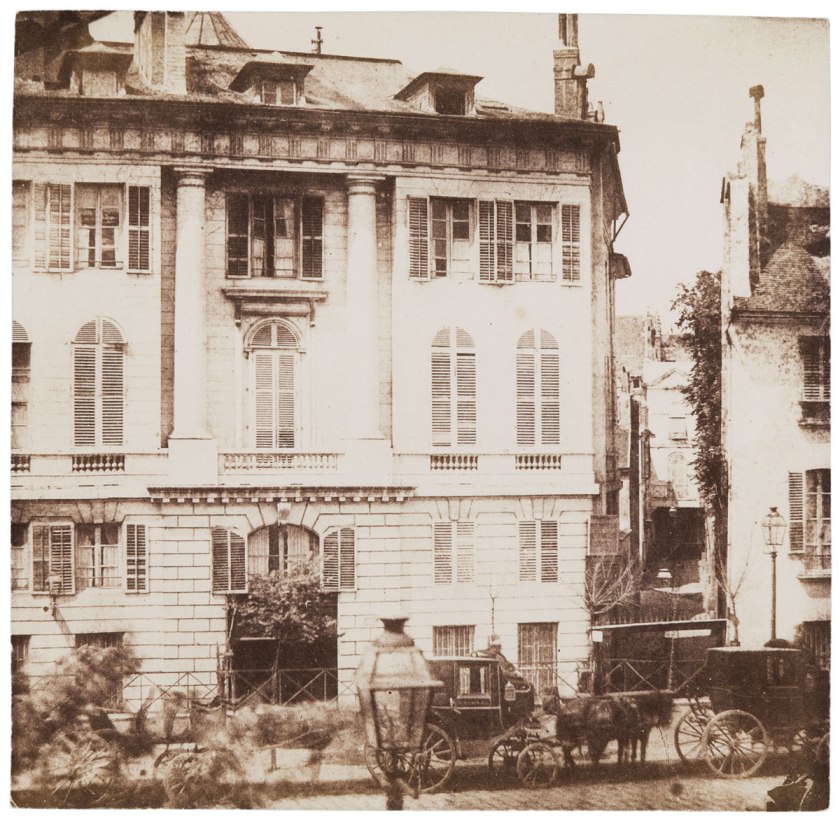
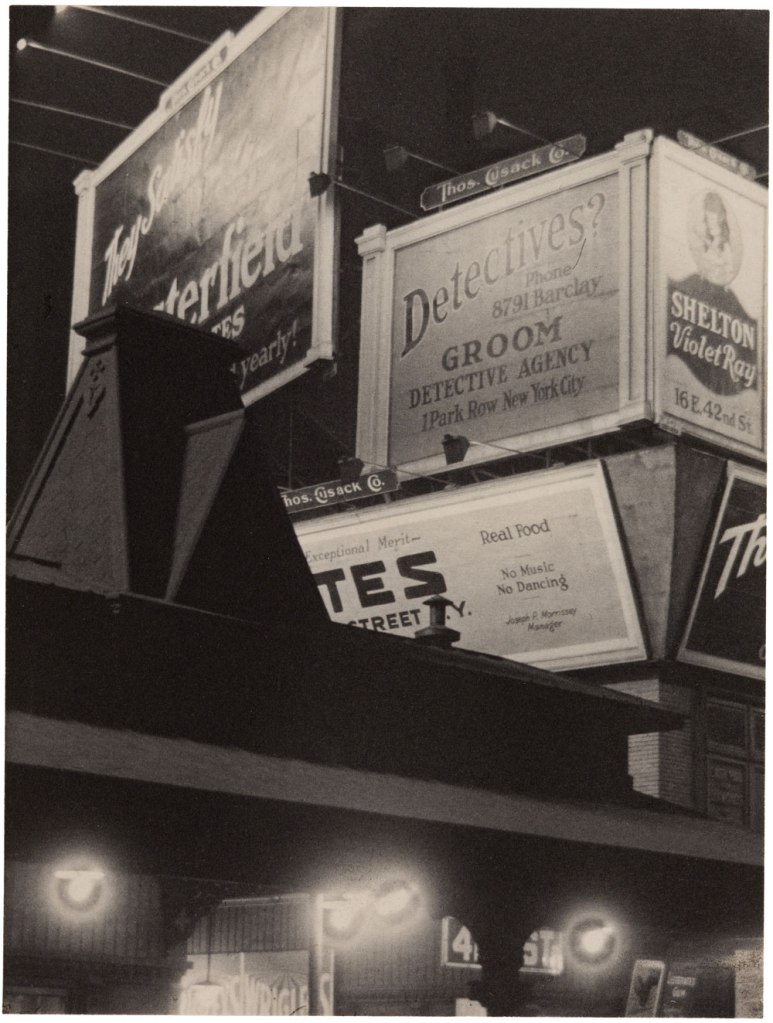
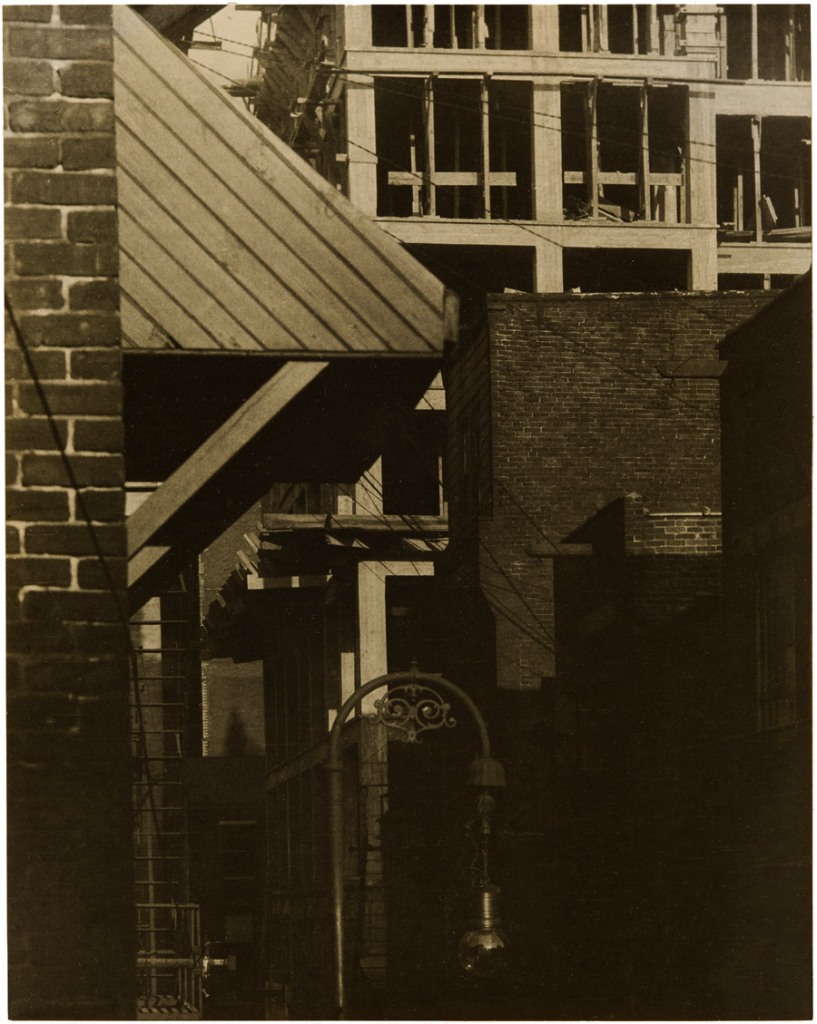
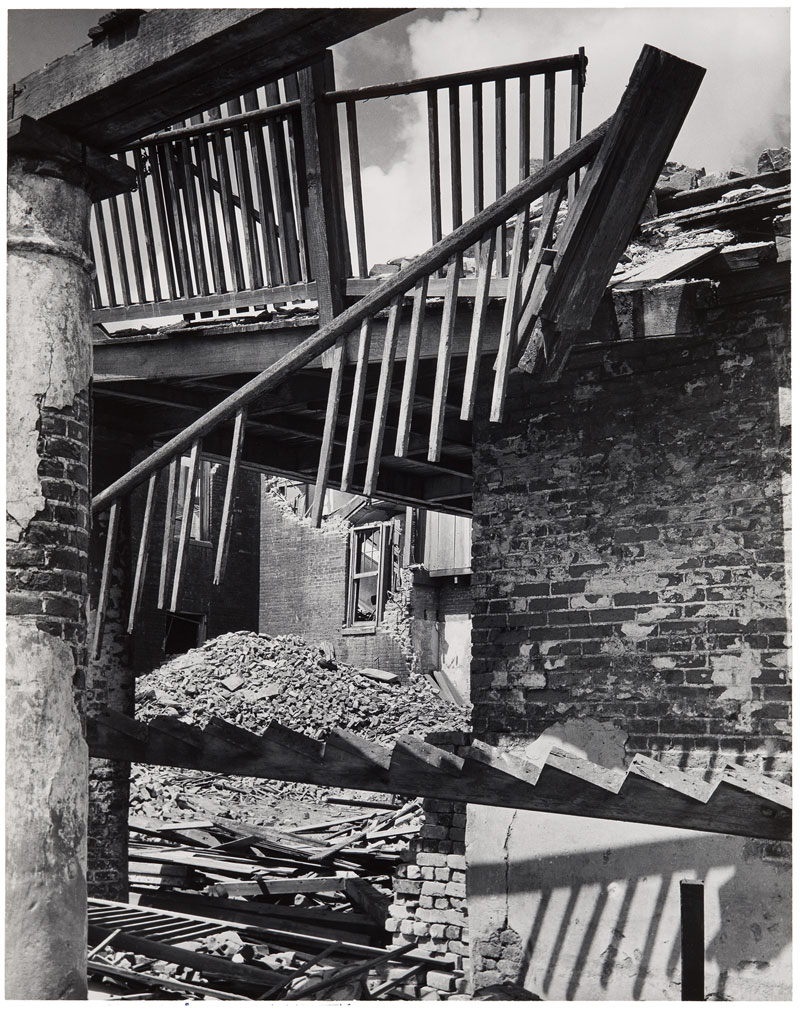
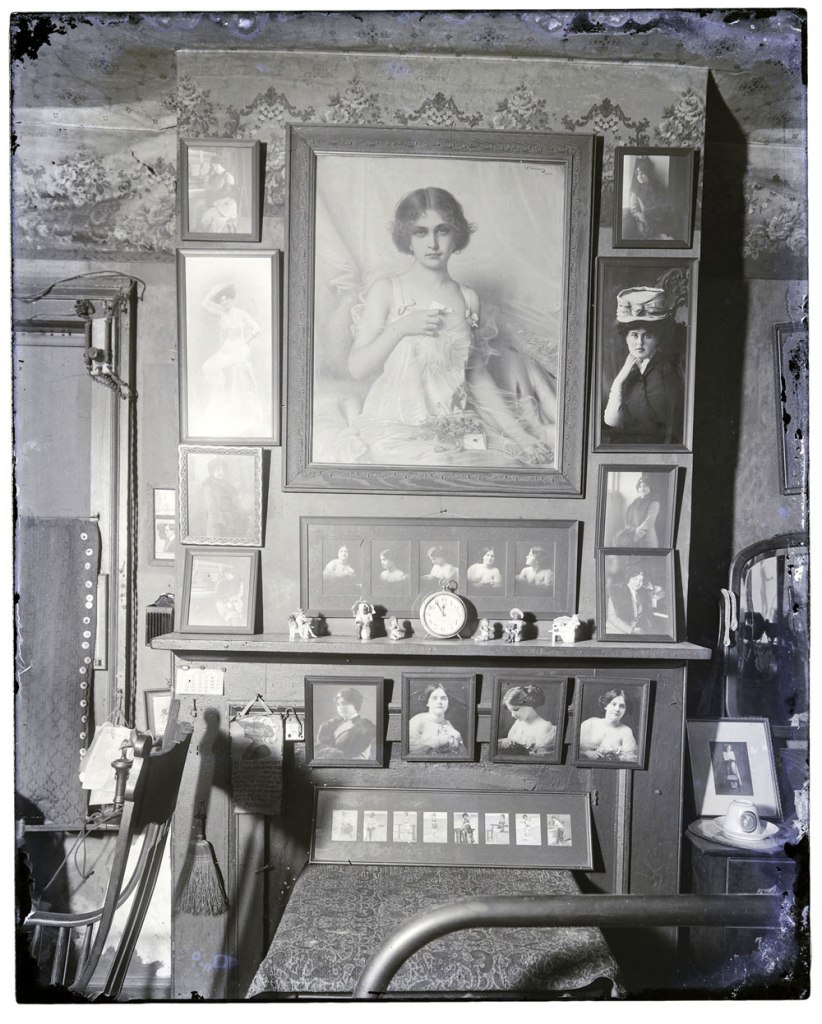
![Lewis Hine. '[Mechanic and Steam Pump]' c. 1930 Lewis Hine. '[Mechanic and Steam Pump]' c. 1930](https://artblart.files.wordpress.com/2013/12/79-84-hine-web.jpg?w=746&h=1024)
















You must be logged in to post a comment.